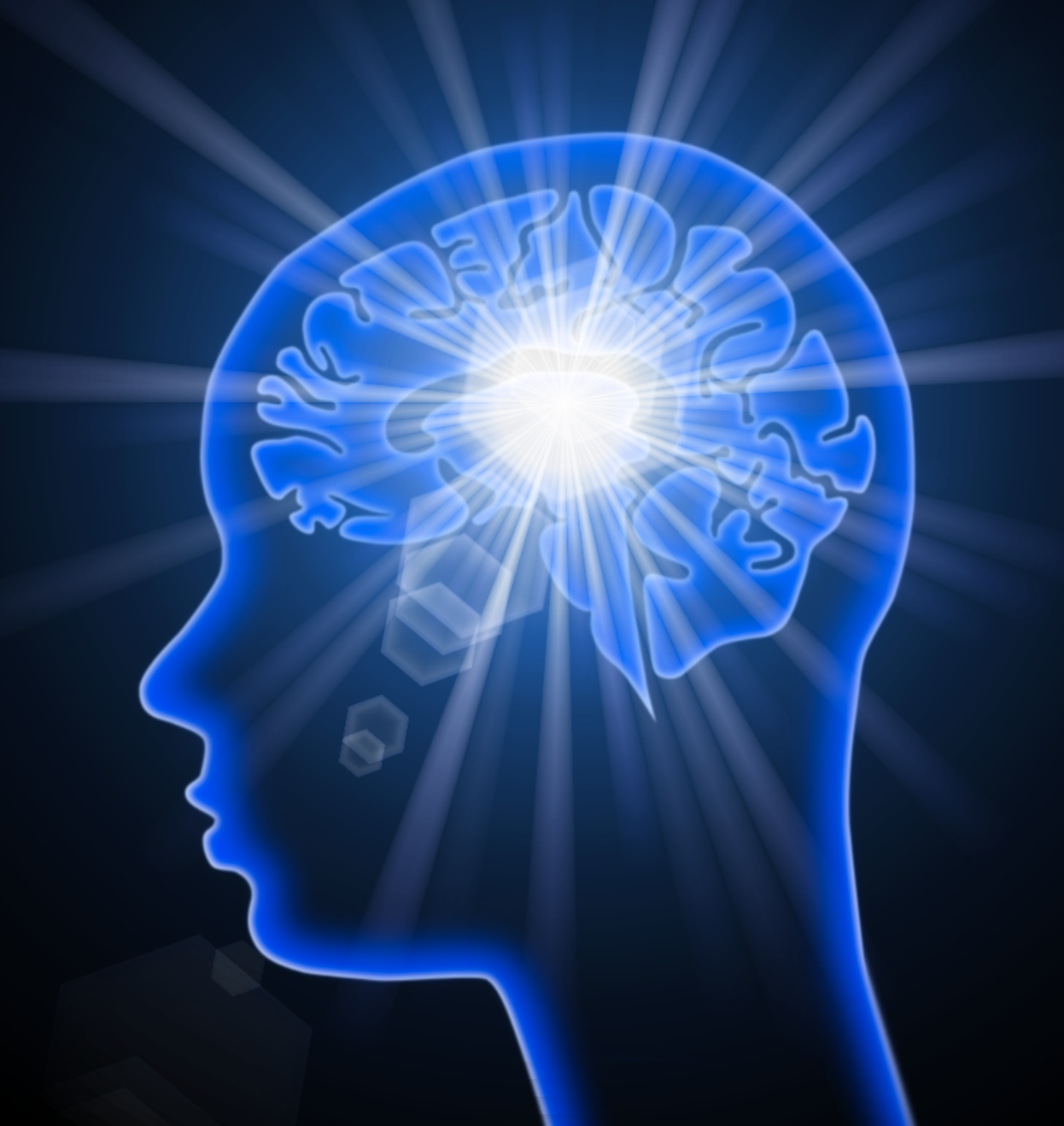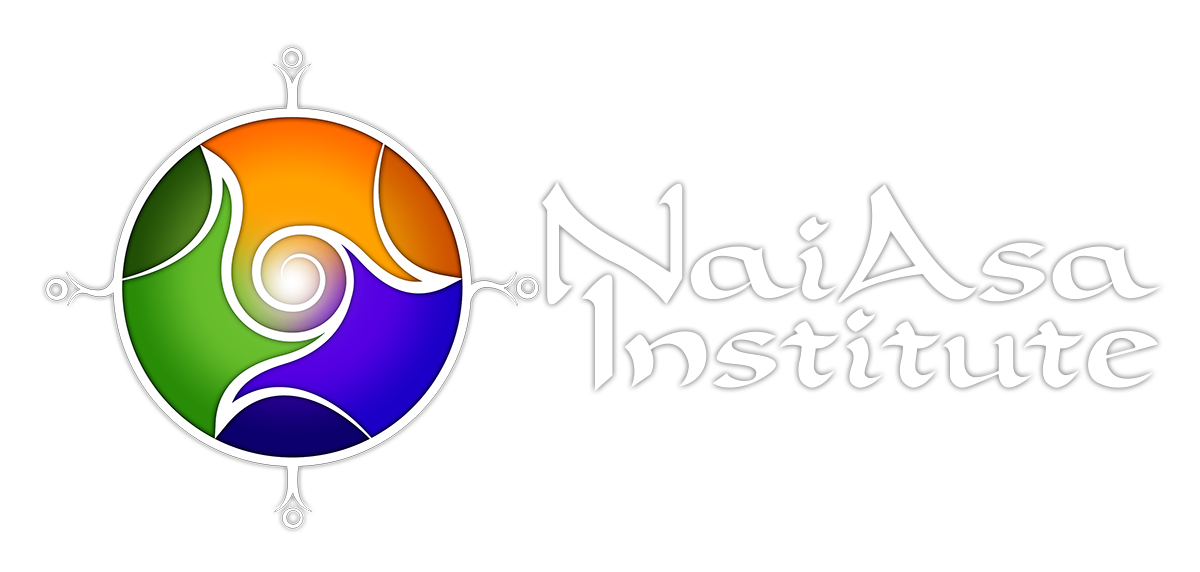
The Medicine of Flow Sacred Scholarship
SCHOLARLY PAPERS BASED ON NEUROSOMATIC™ FLOW
As part of the inaugural, 2020 NeuroSomatic Flow Teacher Training, students were required to submit a scholarly paper & video presentation based on their learnings from the course.
One of those submittals is featured below . . . .
REGULATING EMOTIONS FROM CUSHING’S SYNDROME THROUGH SOMATIC FLOW
BY CHARLOTTE WEISS
September 14, 2020
Sacred Scholarship Paper submission for the 2020 NeuroSomatic Flow™ Teacher Training Program
Intro: In working with Neurosomatic Flow, what are the counter effects of Cushing Disease that can impede progress, and the steps to work through holistic and western medicine.
WHAT IS KNOWN:
THE HPA BREAKDOWN OF STRESS:
When under stress the HYPOTHALAMUS 🡪 Stimulates the Anterior PITUITARY GLAND 🡪 to Releases ACTH to blood 🡪 This Stimulates the ADRENAL CORTEX to release CORTISOL 🡪 This stimulates the CEREBRAL CORTEX to shut off stress receptors.
A BIOLOGICAL BREAKDOWN
HYPOTHALAMUS
HYPOTHALAMUS: The Hypothalamus links the endocrine system to the nervous system through the pituitary gland. It regulates metabolic processes by creating enzyme-catalyzed reactions to allow organisms to grow, reproduce, and respond to their environment through the autonomic nervous system. This in turn regulates the heart rate, digestion, respiratory rate, pupillary response, urination and libido.
Through the metabolic process it creates a variety of releasing hormones. These releasing hormones control the release of hormones from other organs. Sort of like a main switch panel. For this discussion the focus will be on the effects from Cushing’s Disease.
In response to stress the Hypothalamus releases an amino-acid peptide CRH – Corticotropin-Release Hormone, this is used to stimulate the Pituitary to release a polypeptide tropic hormone ACTH - adrenocorticotropin, corticotropin.
PITUITARY:
PITUITARY:
The Pituitary is a major glandular organ of the endocrine system. It is separated into two parts, the Anterior Pituitary coupled with the Posterior Pituitary. The Anterior Pituitary regulates several physiological processes such as stress, growth, reproduction and lactation.
The Posterior Pituitary is connected to the Hypothalamus through an Infundibulum tube. When the Hypothalamus releases CRH hormone it travels through the Infundibulum tube to the Posterior Pituitary and stimulates the Anterior Pituitary to release ACTH. The Anterior Pituitary has a is key in managing the neuroendocrine system’s stress response. It stimulates the Adrenal Gland to produce a glucocorticoid and release Cortisol.
ADRENAL GLAND
The Adrenal Glands are found above the kidneys. It produces three main types of steroid hormones; this study will focus on glucocorticoids produced when the Pituitary releases ACTH. Glucocorticoids cortisol and cortisone are synthesized to regulate metabolism and immune system suppression.
The Adrenal Glands produces three types of steroid hormones; this study will focus on glucocorticoids produced when the Pituitary releases ACTH. Glucocorticoids cortisol and cortisone are synthesized to regulate metabolism and immune system suppression.
Increased cortisol under stress conditions can cause the following: metabolic effects (mobilization of glucose, fatty acids, and amino acids), bone re-absorption (calcium mobilization), activation of the sympathetic nervous system response (fight or flight), anti-inflammatory effects, and inhibition of reproduction/growth.
(Nelson, Randy J. (2011). An introduction to behavioral endocrinology (4th ed.). Sunderland, Massachusetts: Sinauer Associates. ISBN 978-0878936205.)
Over production of cortisol for an extended period of time can lead to Cushing’s Syndrome.
CUSHING’S SYNDROME:
Cushing’s Syndrome is the collection of symptoms due to prolonged exposure to cortisol. These may include high blood pressure, excess sweating, dilation of capillaries, rapid abdominal obesity but with thin arms and legs, reddish stretch marks, a round red face, a fat lump between the shoulders or along the collarbone, weak muscles in the hips and shoulders, weak bones, acne, thinning skin that heals poorly, irregular menstruation, changes in mood, headaches, and insomnia with a chronic feeling of tiredness.
Cushing’s Syndrome can be caused by excessive cortisol like medication such as prednisone, or tumor. If the Pituitary has an Adenoma then it called Cushing’s Disease. Testing for excess cortisol can be measured through urine, saliva or the blood after taking dexamethasone.
About two to three people per million are affected each year between the age of 20 to 50 years old, with it occurring three times more likely in woman than men.
(Sharma ST, Nieman LK (June 2011). "Cushing's syndrome: all variants, detection, and treatment". Endocrinology and Metabolism Clinics of North America. 40 (2): 379–91, viii–ix. doi:10.1016/j.ecl.2011.01.006. PMC 3095520. PMID 21565673.)
KNOWN TREATMENTS FOR CUSHING’S
In the case of Pituitary Adenoma – removal of the tumor by surgery.
In the case of Tumors overall Chemotherapy or Radiation may be required.
In the case of over medication – reduction of medication.
There are other holistic approaches to addressing the symptoms and helping the body to recover.
Increase Sleep for 7 to 9 hours a night. (https://pubmed.ncbi.nlm.nih.gov/26779321/)
Exercise moderately, it’s important to increase heart rate and blood flow. The increase in elevated CORT – glucocorticoid cortisol, elevates dopamine in the medial prefrontal cortex. (https://pubmed.ncbi.nlm.nih.gov/26275673/)
Eating healthy with additions of herbs and high proteins foods (not listed due to not part of this analysis)
Aromatherapy with Lavender, Myrrh and Bergamot.
WHAT’S MY QUESTION AND WHY IS IT IMPORTANT.
It’s documented that long-term stress on the body causes disease. The result of Cushing’s Syndrome or disease is an indicator of notable symptoms in order for the body to bring awareness of its distress of enduring stress. (in the extreme case) My question is if using the mindful state of somatic flow can reduce the production of Cortisol and counter act the effects of stress on the body. If so, then Cushing’s Syndrome can be addressed through NeuroSomatic Flow™ to counter the effects of stress while the body is healing from traditional western medicine.
Overall it would reduce reoccurrence of the symptoms.
STRESS INCREASES CORTISOL:
Stressful thoughts are an important signal for cortisol release. A study of 122 adults found that writing about past stressful experiences increased cortisol over one month compared to writing about positive life experiences or plans for the day. (https://pubmed.ncbi.nlm.nih.gov/22854015/)
MINDFULNESS CAN DECREASE CORTISOL:
Mindfulness-based stress reduction is a strategy that involves becoming more self-aware of stress-provoking thoughts and replacing worrying or anxiety with a focus on acknowledging and understanding stressful thoughts and emotions.
Recognizing stressful thoughts allows you to formulate a conscious and deliberate reaction to them. A study of 30 women in a mindfulness-based program showed the ability to describe and articulate stress was linked to a lower cortisol response ((https://pubmed.ncbi.nlm.nih.gov/24971591/)
Material and method: Volunteer subjects were 30 medical students, aged 19.1 +/- 0.55 year olds (range 18-20) from Srinakharinwirot University. They were screened by Thai GHQ28 and blood was drawn to measure cortisol at 8:00 am before and after a four-day mindfulness meditation program. The comparison of Thai GHQ28 scores and serum cortisol levels before and after meditation were analyzed by paired t-test.
Results: The subjects were 66.77% female and 33.33% male. The average score of Thai GHQ28 before and after the mindfulness meditation was 1.50 (SD 2.53) and 0.77 (SD 2.08) respectively. The average serum cortisol levels before mindfulness meditation was 381.93 nmol/L (SD 97.74) becoming significantly lower after mindfulness meditation 306.38 nmol/L (SD 90.95). The difference was statistically significant in cortisol level, but not statistically significant in Thai GHQ28. (https://pubmed.ncbi.nlm.nih.gov/23724462/)
Another study of 57 cancer patients showed stress mindfulness training reduced cortisol compared to no stress management strategy.
Method: mindfulness, attention‐control, or resting exposure was assigned to 57 English‐ or Spanish‐speaking colorectal cancer patients at 1 county oncology clinic and 1 university oncology clinic at the start of chemotherapy. Saliva amples were collected at the start of chemotherapy and at subsequent 20‐minute intervals during the first 60 minutes of chemotherapy (4 samples in all). Self‐reporting on biobehavioral assessments after chemotherapy included distress, fatigue, and mindfulness.
Results: An area‐under‐the‐curve analysis (AUC) showed a relative increase in cortisol reactivity in the mindfulness group after adjustments for biological and clinical measures (β = 123.21; P = .03). More than twice as many patients in the mindfulness group versus the controls displayed a cortisol rise from the baseline to 20 minutes (69% vs 34%; P = .02). AUC values were uncorrelated with biobehavioral measure scores, although mindfulness scores were inversely correlated with fatigue (r = –0.46; P < .01) and distress scores (r = –0.54; P < .01).
Findings: Mindfulness practice during chemotherapy can reduce the blunting of neuroendocrine profiles typically observed in cancer patients. Implications include support for the use of mindfulness practice in integrative oncology. Cancer 2017;123:3088–96. © 2017 American Cancer Society. (https://acsjournals.onlinelibrary.wiley.com/doi/full/10.1002/cncr.30698)
HOW DANCE PLAYS INTO THIS:
Mindfulness encompasses two key ingredients: awareness and acceptance. Awareness is the knowledge and ability to focus attention on one’s inner processes and experiences, such as the experience of the present moment. Acceptance is the ability to observe and accept—rather than judge or avoid—those streams of thought.
Somatics is a field within bodywork and movement studies which emphasizes internal physical perception and experience. The term is used in movement therapy to signify approaches based on the soma, or "the body as perceived from within.
Dance can be considered a form of rhythmic auditory stimulation (RAS). In this technique, a series of fixed rhythms are presented to patients, and the patients are asked to move to the rhythms. Studies using PET imaging have identified regions of the brain that contribute to dance learning and performance. These regions include the motor cortex, somatosensory cortex, basal ganglia, and cerebellum. The motor cortex is involved in the planning, control, and execution of voluntary movement. The somatosensory cortex, located in the mid region of the brain, is responsible for motor control and also plays a role in eye-hand coordination. The basal ganglia, a group of structures deep in the brain, work with other brain regions to smoothly coordinate movement, while the cerebellum integrates input from the brain and spinal cord and helps in the planning of fine and complex motor actions. A 2003 study in the New England Journal of Medicine by researchers at the Albert Einstein College of Medicine discovered that dance can decidedly improve brain health. In a small study undertaken in 2012, researchers at North Dakota’s Minot State University found that the Latin-style dance program known as Zumba improves mood and certain cognitive skills, such as visual recognition and decision-making. Other studies show that dance helps reduce stress, increases levels of the feel-good hormone serotonin, and helps develop new neural connections, especially in regions involved in executive function, long-term memory, and spatial recognition.
MY CONCLUSION:
Cushing’s is a physiological disorder caused by an over production of cortisol from stress induced by either medication or tumors. The underlying need is to reduce the production of cortisol.
Mindfulness has been studied and shown to reduce cortisol levels in the body. Dance is a form of somatic movement that increases serotonin and reduces stress. Through the use of NeuroSomatic Flow™ the body and mind become integrated into a spatial awareness as a form of dance. This creates a positive release of hormones to improve emotions. The reduction of stress in the body will reduce the need for the Hypothalamus to release CRT, overall improving the bodies ability to heal from Cushing’s.
This has been proven with my sister thru NSFT and Dance, though the duration is only a few hours of relief, it’s still evident of positive results.



